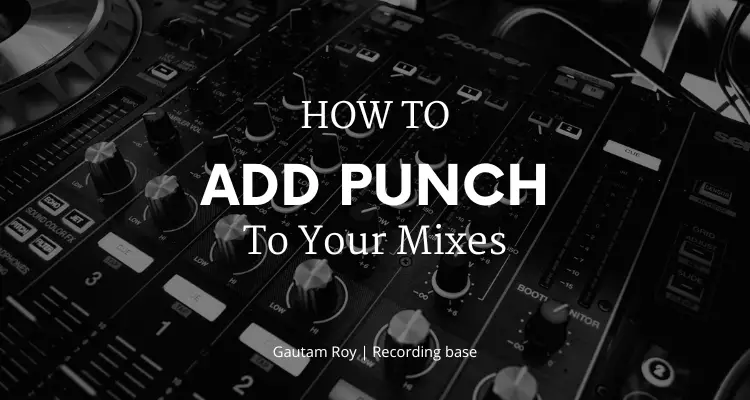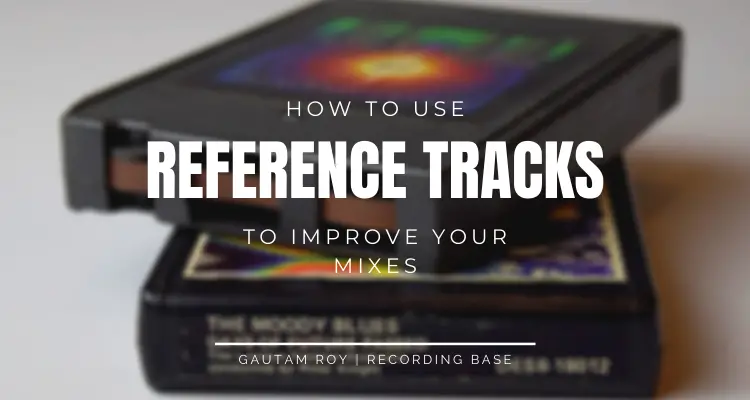Whether you are a professional music producer/sound recordist or a beginner who just started learning about audio recording and mixing, “audio summing” is the term you have you’ve come across.
It’s a popular and important term used in music production, mixing, and mastering, and every music composer or sound recordist should know about this.
Let me give explain what summing in audio recording and why should you know about it.
What is Audio Summing?
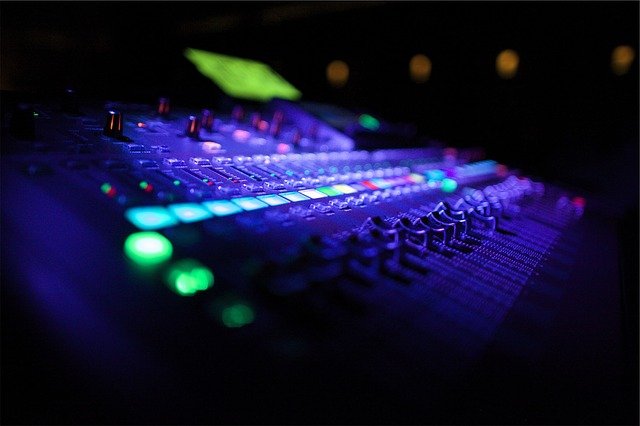
The work of “audio summing” is reflected in the name. “Summing” has come from the word “Sum” which means joining.
So,
Here is the answer to “what is summing in music production?”
As you know we record music in multiple tracks but at the end, everything will be mixed down into a two-channel stereo main mix or a surround soundtrack that can be exported for distribution.
The process of combining multiple tracks into the main master track is called summing.
Disclosure: This post may contain affiliate links, which means we may receive a commission if you click a link and purchase something that we recommended. Read more about Affiliate disclosure here.
As reflected in the name, summing is actually the sum of all tracks in one track, that’s it.
Different Types of Summing in Audio
Whether you are using a DAW (digital audio workstation) to record your audio or analog console, the application of summing is there in both types of recording systems.
Digital summing
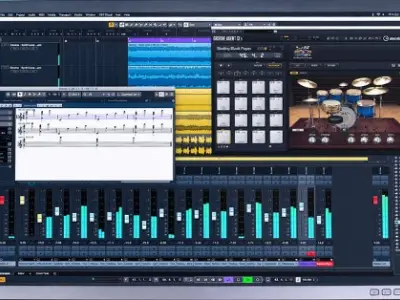
In a digital audio workstation or DAW, basic track summing settings are assigned by default when you open a new project. However, you can change the settings by assigning bus and aux channels to the DAW mixer.
You can route individual audio and midi tracks to the master track by using aux and bus channels. This is how summing is done in DAWs.
Analog summing
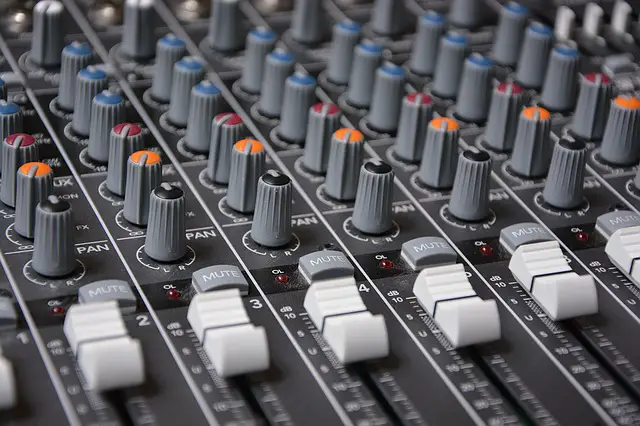
While DAW mixers are the most common way of summing in audio recording, there is a debate among producers is that analog summing is better than digital summing.
Analog summing is done by adding analog hardware to your DAW. Hardware like Dangerous D-Box, allows you to send your interface’s analog outputs to the analog summing box and then return summed channels back into your interface from that analog box.
Analog vs. Digital Audio Summing – Which is better?
So, the question arises, between analog and digital summing which is better?
Well, analog summing adds some warmth to your final mix. If you want to add that vintage analog warmth in your mix then you should add a hardware summing box in your production line.
People say, audio tracks summed in the digital domain listen to some harsh cold as compared to analog summing.
However, you can go well with digital summing powered by your DAW. After all, there are plenty of mixes summed digitally yet deliver good audio quality.
If you give time to your mixes then you can get a better quality track. The easy approach to get better results in any type of summing is to listen to the tracks you love and try to mix like that.
That’s it…
Why should you know Audio Summing for better music production?
Well, why should you know about summing for better music production?
Because summing is the part of any audio mixer. Whether it’s a DAW mixer or an analog mixer, summing is used there.
SO, the knowledge of summing is crucial for any audio recordist, mix engineer, or music producer.
You may also like,

